Nili Underground is Synonymous with the fight against the Ottoman Empire in Palestine between 1915 and 1917. Netzah Yisrael Lo Yeshaker (Nili) was a Jewish espionage network that fought for freedom. Translating to ‘the Eternal One of Israel will not lie,’ Nili helped the United Kingdom fight against the Ottoman Empire during World War I.
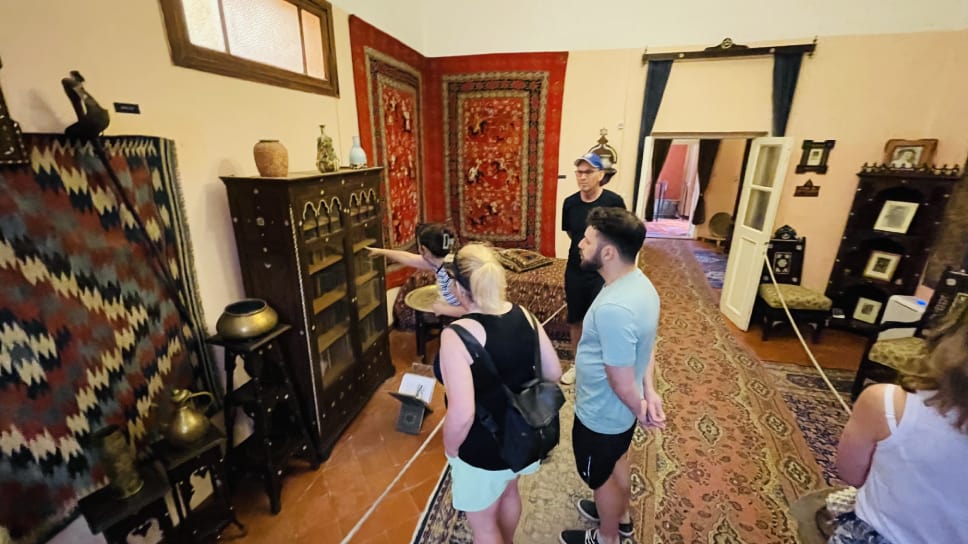
Nili Underground was a pro-British spying organization operated under the leadership of the world-renowned agronomist Aaron Aaronsohn, whose family was part of the early settlement of Zikhron Ya’akov that was established in the 1880s.
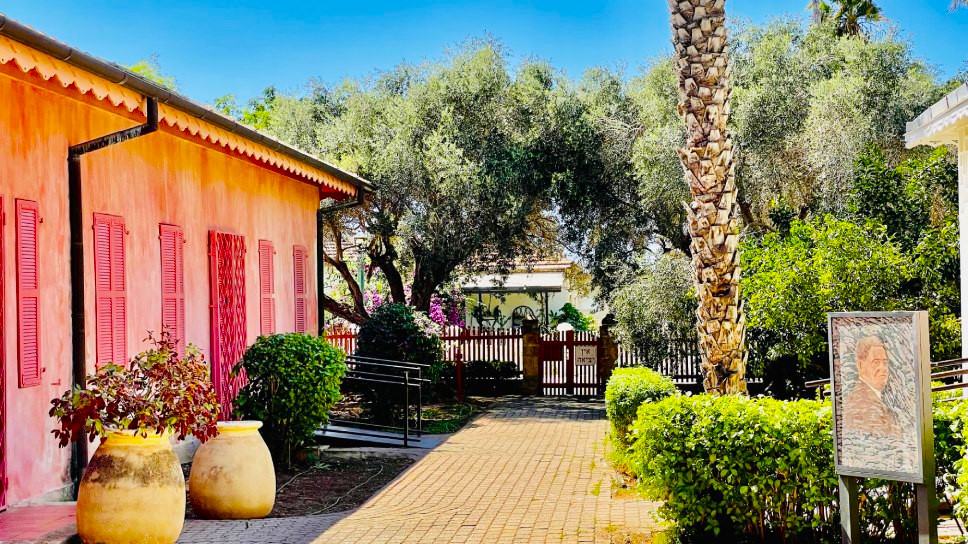
Aaronsohn’s claim to fame was discovering a weather-resistant form of primitive wheat. Backed by the U.S. Department of Agriculture and an American-Jewish organization, he established an experimental acreage at Atlit, where he researched dry farming.
Nili Underground: War Crimes, Famine, and Murder
The outbreak of World War I brought atrocities such as the deportation of Jews by the Turks, the mass slaughter of Armenians, and mounting famine that Aaronsohn and his siblings could not ignore. They joined forces with the British in the hope that they would let the world know of the Turkish oppression of local Jews. They also hoped for an invasion of Palestine by the British and the advancement of the Zionist dream of a Jewish homeland in Palestine.
Zichron Yaakov
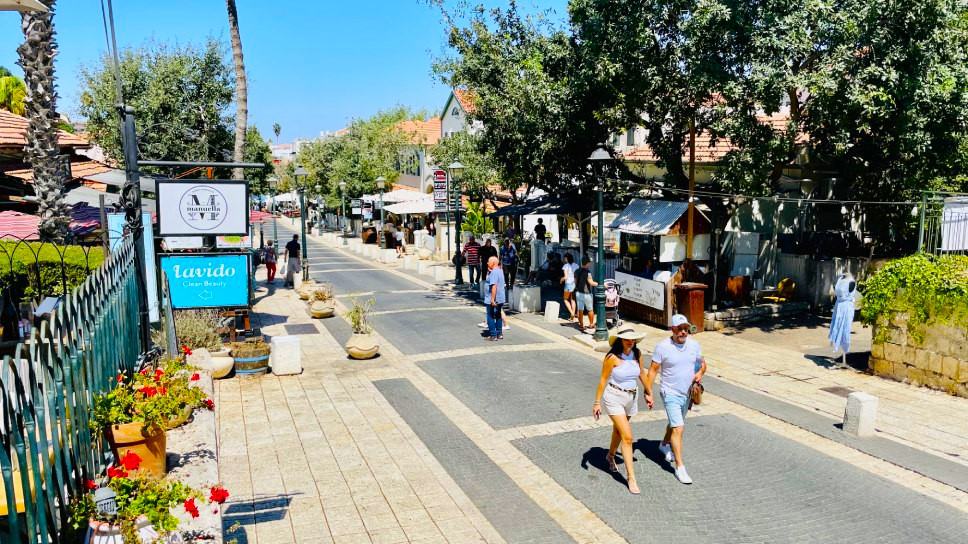
Under the guise of agricultural campaigns, Aaronsohn and his co-conspirators could move freely around the country and gather information about the inhumane actions of the Turks. Initially, the British rebuked the group, but after Aaronsohn risked his life by crossing Turkish lines and the Sinai Desert to reach Cairo, where the British were based, they realized the value of his Jewish spy organization.
While Aaronsohn remained in Cairo as a liaison to the British, his siblings took over the running of the spy organization, which now had over 20 collaborators.
The Demise of NILI
The spies provided the British with valuable information by several methods, including using light signals to one of their shops anchored off the coast and then homing pigeons. Vital information was passed on, including the details about an impending attack on the British in Beersheba and the Negev Desert.
Beit Aaronshon
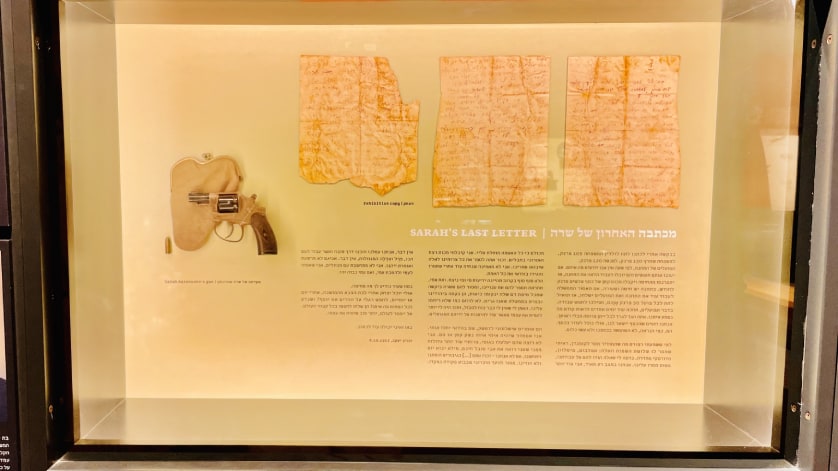
Sadly, when one of the homing pigeons mistakenly landed on the house of the Turkish governor in Caesarea in 1917, intense searches and persecutions followed. A few weeks later, the members of the NILI organization had all been found and captured. They were incarcerated and tortured, and some of the members were killed. Aaronsohn’s sister, Sarah, surrendered to the Turks to save her aging father from sure death and tragically committed suicide after four days of torture.
The End of Turkish Rule
In October 1917, the British army raided Beersheba and conquered the Turks, thanks to the vital information provided to them by the NILI organization. Jerusalem surrendered a few months later in December, and over 400 years of Ottoman rule ended. It can be said that the conquest of Beersheba would have been almost impossible without the massive amount of information provided by the NILI spies.
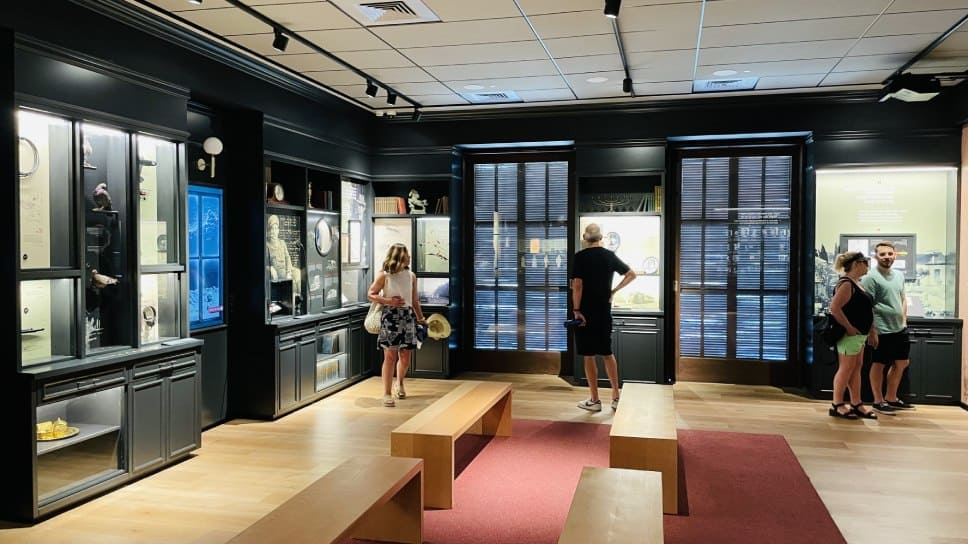
Learn all about this fascinating story at a museum dedicated to NILI in the old center of Zikhron Ya’akov. Wander around the galleries where hundreds of photos, letters, and dioramas tell the story of the Jewish spy ring during World War I.







